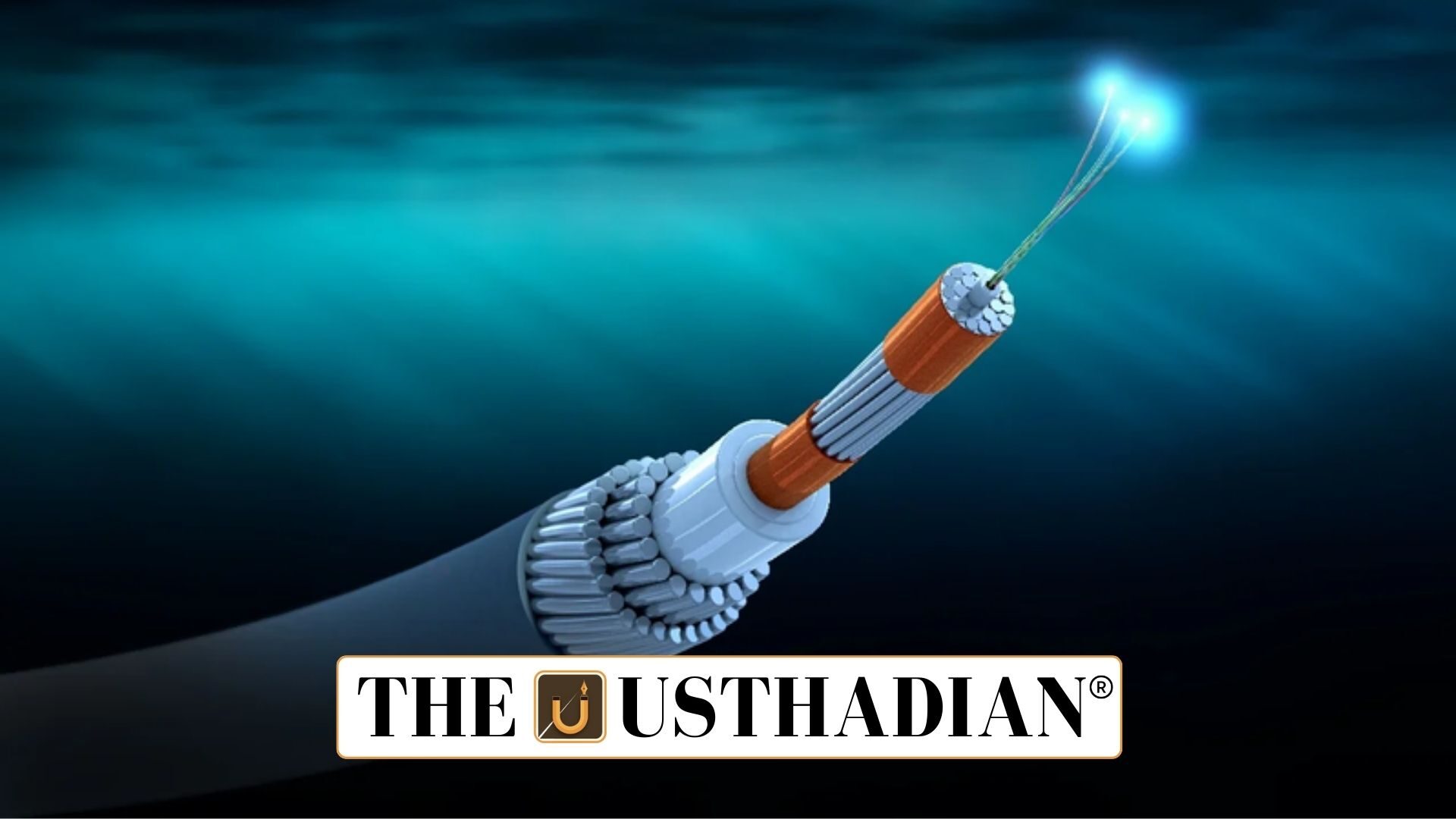Undersea cables under threat
Undersea Cables and India’s Push for Underwater Domain Awareness: The recent Red Sea cable disruptions caused internet outages across the Middle East and Asia, including India. This highlights the vulnerability of global communication systems that rely on submarine fibre optic cables, which handle over 95% of international internet traffic.
Static GK fact: The world’s first transatlantic telegraph cable was laid in 1858 between Ireland and Newfoundland.
Need for UDA in India
India’s Underwater Domain Awareness (UDA) is essential for national security, given the activities of countries like China, which is pursuing its Underwater Great Wall project. Safeguarding submarine cables, ports, and naval routes is vital for economic and strategic reasons.
Static GK fact: India has a coastline of 7,516 km, the 18th longest in the world.
Technology and operational challenges
India faces gaps in advanced undersea technologies. Unmanned Underwater Vehicles (UUVs) are still in early stages of development. The DRDO’s Air Independent Propulsion (AIP) system is less efficient compared to global standards, especially lithium-ion fuel cell AIPs.
Bharat Electronics Limited’s USV has a payload limit of only 30 kilograms, restricting its use. Financial barriers and weak inter-agency coordination further slow India’s UDA growth. Seasonal monsoon conditions and frequent Chinese submarine incursions add to operational challenges.
Static GK Tip: The Indian Navy’s INS Arihant is the first indigenous nuclear-powered ballistic missile submarine.
India’s initiatives for UDA
India has begun indigenizing key underwater platforms. UUVs such as MAYA, AMOGH, and ADAMYA are being developed for enhanced surveillance. The Matsya 6000 manned submersible under the Samudrayaan project will strengthen deep-sea research.
On the defence front, the Integrated Underwater Harbour Defence and Surveillance System (IUHDSS) has been deployed in Port Blair, improving maritime monitoring.
Static GK fact: Port Blair, in the Andaman and Nicobar Islands, serves as a strategic naval base in the Bay of Bengal.
Global partnerships
India is collaborating with the United States on undersea technologies and has equipped its MQ-9B Sea Guardian drones with sonobuoys for anti-submarine warfare. These partnerships enhance India’s ability to counter regional threats while reducing technology dependence.
Static GK fact: Sonobuoys are expendable sonar systems used to detect submarines in naval warfare.
Static Usthadian Current Affairs Table
Undersea Cables and India’s Push for Underwater Domain Awareness:
| Topic | Detail |
| Incident | Undersea cables targeted in the Red Sea |
| Impact | Internet outages in Middle East, Asia, including India |
| Importance | Over 95% of global internet traffic carried by fibre optic cables |
| India’s Challenge | Technological gaps in UUVs, weak AIP system, financial constraints |
| Key Threat | Chinese submarine presence and Underwater Great Wall project |
| Indian Development | MAYA, AMOGH, ADAMYA UUVs |
| Major Project | Matsya 6000 under Samudrayaan |
| Infrastructure | IUHDSS deployed at Port Blair |
| International Cooperation | India-US partnership on undersea technologies |
| Naval Upgrade | MQ-9B Sea Guardian drones with sonobuoys |








